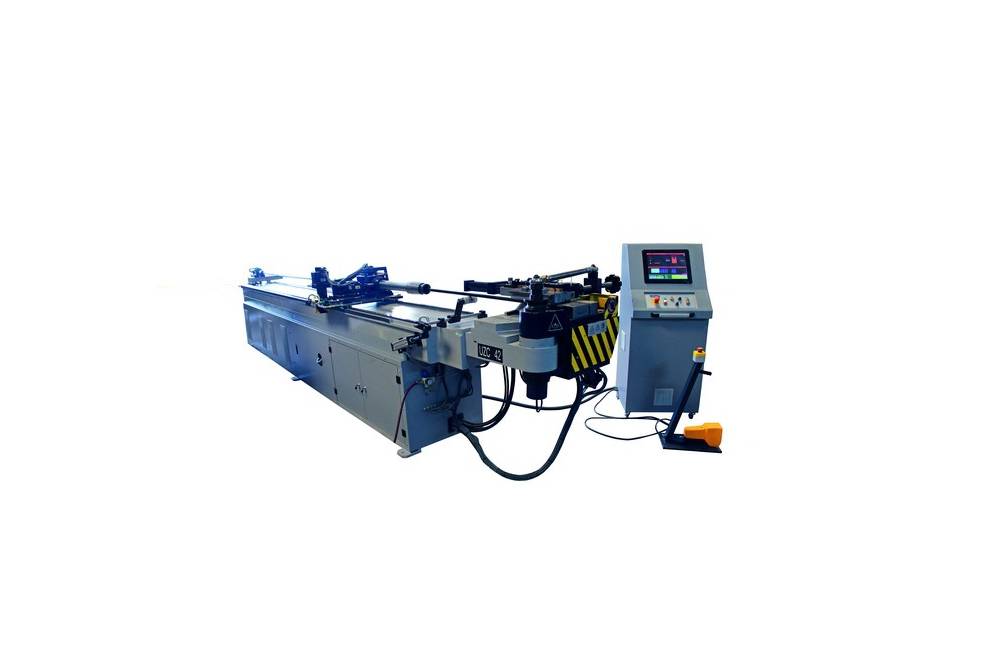Tube Bending Machines Features
Tube bending machines are essential tools in various industries, including automotive, aerospace, construction, and manufacturing. They allow for the precise bending of tubes and pipes to create complex shapes and designs without compromising the integrity of the material. It's essential to comprehend tube bending machine features in order to choose the appropriate equipment for your requirements.
Types of Tube Bending Machines
a. Manual tube bending machines: These devices are hand-operated and best suited for small-scale or low-volume manufacturing. They are preferred because of their affordability and ease of use when bending thin-walled tubes.
b. Computer Numerical Control (CNC) Tube Bending Machines: These machines employ computerized controls to execute intricate and accurate bends. These devices are perfect for applications needing high accuracy and big volume output. Multiple bending programs can be stored by CNC machines, facilitating fast setup and reproducibility.
c. Hydraulic Tube Bending Machines: These machines are renowned for their strength and capacity to handle tubes with bigger diameters. They bend tubes using hydraulic power. They are adaptable and suitable for a variety of materials, such as copper, aluminum, and steel.
d. Electric Tube Bending Machines: These devices bend tubes by means of electric motors. Because they provide a clean and energy-efficient solution, they can be used in settings where hydraulic machines might not be as attractive because they could leak fluid.
Key Features of Tube Bending Machines
a. Bending Capacity: The maximum diameter and wall thickness that a tube bending machine can manage is referred to as its bending capacity. It's critical to select a machine whose bending capacity fits the demands of your job.
b. Bending Radius: The bend radius is the length of the tube measured from the center of the bend to its centerline. For uses demanding accurate and compact bends, machines with tight bending radii are essential.
c. Bending Speed: The machine's efficiency and production rate are impacted by its bending speed. In general, bending speeds for CNC and electric tube bending equipment are higher than those for manual and hydraulic devices.
d. Control System: The control system establishes the automation level and convenience of use. For exact control over the bending process, CNC machines use sophisticated control systems with touchscreens and programmable logic controllers (PLCs).
e. Mandrel Support: During the bending operation, mandrel support keeps the tube from collapsing or creasing. Smooth bends in thin-walled tubes need the use of mandrel-supported bending machines.
f. Tooling Options: A variety of tooling options, such as distinct die types (bending, clamping, and pressure dies) are included with tube bending machines. Greater flexibility in managing varying tube forms and diameters is made possible by the availability of unique tooling solutions.
g. Versatility: This describes the machine's capacity to work with a range of materials and generate a variety of bend angles and forms. While some machines can operate with a variety of materials, others are made specifically to work with one type of material.
h. Safety elements: Safety elements are essential for averting mishaps and guaranteeing operators' wellbeing. It's crucial to take into account features like safety guards, emergency stop buttons, and automated shut-off systems.


